Deep-purple black currants are a popular berry during summertime, and offer a wealth of nutrients not found anywhere else. The plump, little black currant can be puckeringly sour, however, so it usually requires some type of added sweetness, such as honey or monk fruit, for eating or for baking. Black currant sauce can make a delicious savory sauce for serving with lamb, turkey or fish.
The small shrub bearing this fruit is native to Europe, including Britain, France, Scandinavia and Bulgaria, as well as in North and Central Asia, and grows up to 2 meters (more than 6 feet) tall, with woody branches and lobed leaves. You’ll also see translucent, white and red varieties; while they’re sweeter, they offer fewer vitamins and minerals. In traditional Chinese medicine, black currants have been known as a curative, thanks to their diaphoretic, diuretic and febrifuge properties.
Growing your own black currant bushes requires a few tricks. First of all, they grow best in winter temperatures, even around -40 degrees Fahrenheit. They do not thrive in temperatures above 90 degrees Fahrenheit. Plant them in spring, and choose a sunny location where the bushes can receive morning and afternoon shade. Add compost or well-rotted manure in late fall. They thrive best in rich, moist soil with a pH of 6 to 6.5.
When the black currants are dark and ripe, you can harvest them. If not used immediately, chill the berries. They can freeze very well.
Health Benefits of Black Currants
Infection-fighting vitamin C shows up in a big way in these little berries, with 180 milligrams in a 100-gram serving. This vitamin has antioxidant properties that may stop free radicals (from exposure to toxic chemicals and pollutants that cause aging, cancer, heart disease and inflammation) from damaging cells.
B vitamins in black currants such as pantothenic acid (vitamin B5), pyridoxine (vitamin B6) and thiamin (vitamin B1) are “essential” nutrients because their sources are only found outside the body (eating them) and these vitamins are needed by the body for metabolism.
Iron is also found in black currants, with 1.54 milligrams per 100-gram serving. This mineral is important, as it may protect against immunity deficiencies and fatigue by transporting oxygen to cells. Also present in black currants are copper, calcium, phosphorus, manganese, magnesium and potassium for optimal cell, tissue and organ function in the body.
Anthocyanins are one of the compounds that make black currants uniquely powerful in the realm of antioxidants. Flavonoids like beta-carotene, zeaxanthin and cryptoxanthin may help lower the risk of lung and mouth cancers, protect against neurological diseases, slow the aging process and fight inflammation.
The list of other ways black currants may help support your health is a long one. Studies showed they may play a part in helping ward off Alzheimer’s disease, easing arthritis pain, protecting against liver problems and relieving problems with menopause.
As far as ORAC value (oxygen radical absorbance capacity), black currants offer one of the highest values among every other fruit but a few, such as chokeberries, elderberries and cranberries.
| Black Currant Nutrition Facts
Serving Size: 3.5 ounces (100 grams), raw |
||
| Amt. Per Serving |
% Daily Value* |
|
| Calories | 63 | |
| Calories from Fat | 3 | |
| Total Fat | 0.41 g | |
| Saturated Fat | 0.034 g | |
| Trans Fat | ||
| Cholesterol | 0 mg | |
| Sodium | 2 mg | |
| Total Carbohydrates | 15.38 g | |
| Dietary Fiber | 0 g | |
| Sugar | 0 g | |
| Protein | 1.4 g | |
| Vitamin A12 ug | Vitamin C | 181 mg |
| Calcium55 mg | Iron | 1.54 mg |
Studies on Black Currants
Scientists investigated the inhibitory effects of black currant extract against pathogens associated with oral, nasal and upper respiratory infectious diseases, including respiratory syncytial virus, influenza virus A and B, herpes simplex virus type 1, Streptococcus pneumoniae and Streptococcus mutans.
They found that “less than 1% concentration of extract of blackcurrant inhibited replication of (several of the diseases investigated) by over 50% and a 10% extract inhibited adsorption of these viruses onto the cell surface by over 95%” and “a 10% extract disinfected 99.8% of H. Influenzae type B and 78.9% of S. pneumoniae in 10 minutes.” The conclusion was that black currant extract has potential as a functional food for oral care.
One study noted the anthocyanins were helpful in preventing and controlling various diseases by counteracting the imbalance of oxidative and anti-oxidative factors. Black currant, known to contain high amounts of anthocyanins, has been found to be the second most effective amongst nine different berry extracts studied for their free radical scavenging activity.
The study was conducted to evaluate the potential anti-proliferative effects of black currant fruit skin extract against liver cancer cells. The results indicated, for the first time, that black currant skin containing an anthocyanin-rich fraction inhibited the proliferation of liver cancer cells.
Black Currant Fun Facts
Black currants were called “forbidden fruit” in the U.S. until 2003, all because of misinformation. It started when Lord Weymouth shipped white pine seedlings from America to Britain in 1705. Before long, white pines in Germany began showing blister rust. Unaware of the problem, the U.S began importing European pine seedlings, as well as the white pine disease.
Plant pathologists determined that the disease, appearing to threaten the white pine industry, actually jumped from white pines to black currant bushes to white pines. In 1911, bans against black currant bushes blackballed the once popular berry. While some states began overturning the ban in 1966, it still stands in others to this day.
Summary
Black currants have been used for many ailments, including infections, inflammation from arthritis and even cancer. Besides the whopping amount of vitamin C in these little beauties, they also contain pantothenic acid (vitamin B5), pyridoxine (vitamin B6) and thiamin (vitamin B1). Iron is an important mineral, as well as copper, calcium, phosphorus, manganese, magnesium and potassium.
Anthocyanins are one of the compounds that make black currants uniquely powerful in antioxidants, and flavonoids like betacarotene, zeaxanthin and cryptoxanthin help lower the risk of certain cancers, neurological diseases, slow the aging process and fight inflammation.
Just remember that black currants are quite tart, so they require a bit of sweetness, but these amazingly healthy berries are a great choice for desserts and savory sauces.

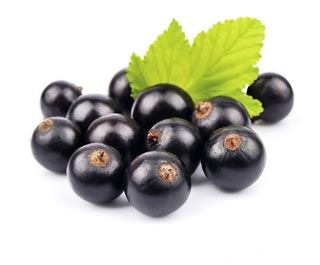
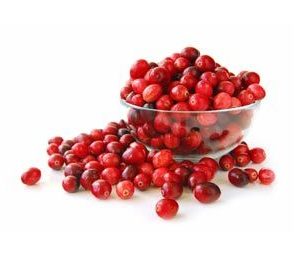
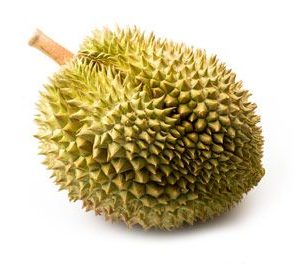
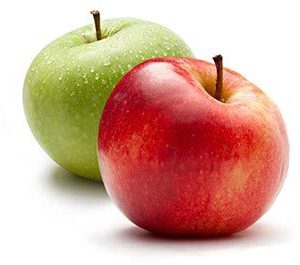
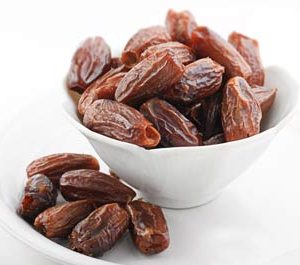
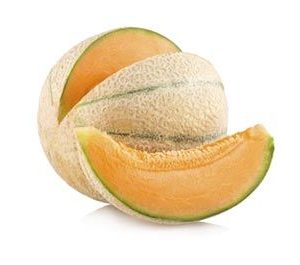
Reviews
There are no reviews yet.